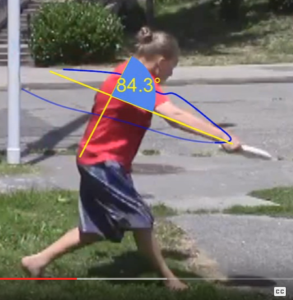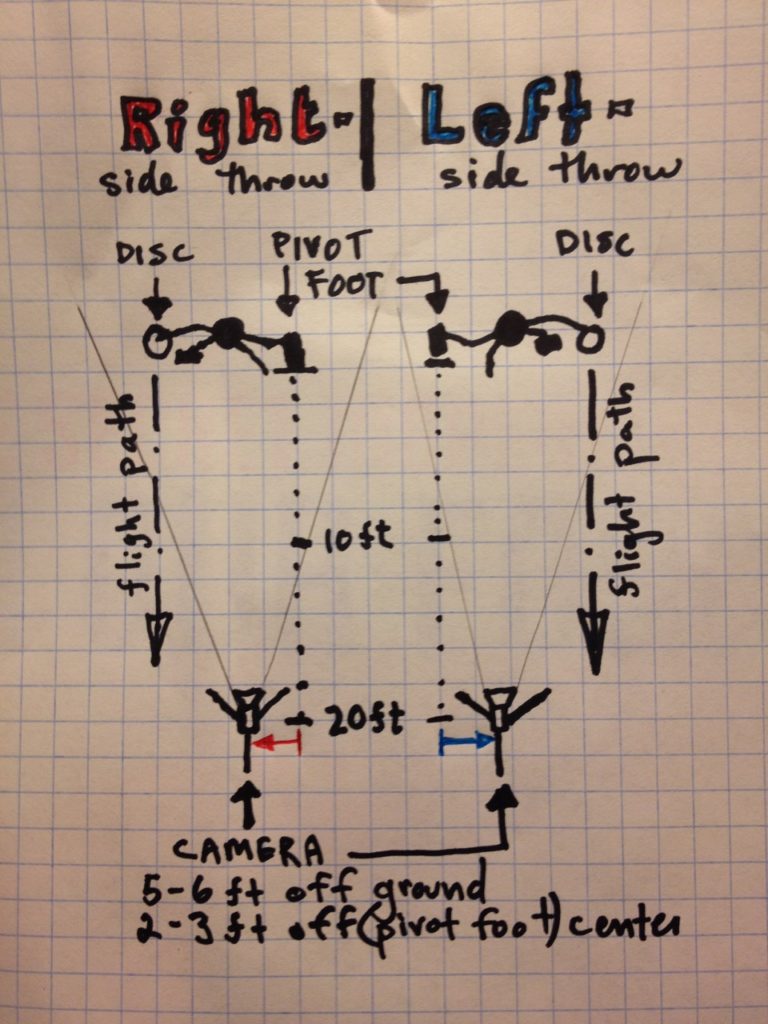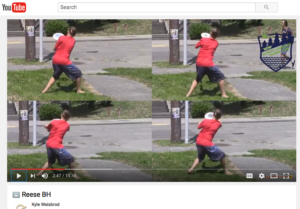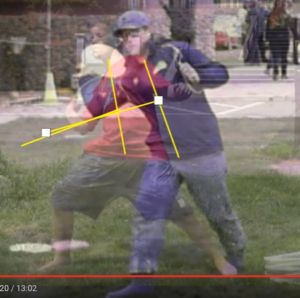Google “coach youth ultimate” in 2017 and the top two hits will be these PDFs from USA Ultimate:
- Coaching Youth League Ultimate By Carey Goldenberg
- PART 4: Teaching Ultimate
It turns out these PDFs were created in 2010 as part of a larger USAU document called the “USA Ultimate Resource Guide” (archived PDF, 08/09/2010 version). The 2nd Google hit is Part 4 of the Resource Guide, while the 1st hit is one section in that same Part. It turns out that most of the guide is still quite timely and useful — whether for coaches, team managers, or organizers of clinics, camps, or leagues. There are even some sections about growing the sport that might be worth reviving — even in Seattle where youth ultimate is already big — like field acquisition, facilitating ultimate in PE classes, and getting the word out. Here’s the entire table of contents…
Table of Contents
- PART 1: Ultimate Organizations
- Organizational Structures
- PART 2: Ultimate Leagues
- Recruiting Players for Leagues
- Timing Strategy when Starting a League
- Field Acquisition for Local Leagues
- Recruiting and Retaining Women
- PART 3: Ultimate In Schools
- 10 Simple Steps To Starting a School-based Ultimate Team
- Starting an Ultimate Club At Your School
- Starting a High School League
- Traveling With a Youth Ultimate Team
- Growing Youth Ultimate Through PE Classes
- PART 4: Teaching Ultimate
- Ultimate In 10 Simple Rules
- Teaching the Spirit of the Game™
- Teaching Self-officiating
- Coaching Youth League Ultimate
- Running a Youth Skills Clinic
- Starting an Ultimate Camp
- Ultimate Drills
- PART 5: Getting the Word Out
- Gaining Media Attention
- Building the Ultimate On-line Presence
- PART 6: Appendices
- Appendix A: Sample Camp Application Form
- Appendix B: Sample Camp Evaluation Form
- Appendix C: Sample Medical Authorization Form
- Appendix D: Sample Youth Chaperone Consent and Release Form
- Appendix E: Sample Waiver/Release of Liability Form
- Appendix F: Sample Player Information Form
- Appendix G: Sample Press Release Layout
- Appendix H: 10 Tips For Writing a Press Release
Things that caught my eye:
- The idea of getting some official discs for your school’s PE program. I’ve meant to do this for years at Eckstein. I bet just 10-15 discs would be a welcome contribution for a typical PE class.
- Goldenberg’s coaching suggestions are aimed mostly at high school, but her ideas of teaching defense first, and then letting a team find their own offensive strategy makes good sense. I also noticed that when she lists off strategies that a (high school) team could consider, the list included not only horizontal and vertical stack, but also “dominator” and “chaos.” This reminds me we need a historical list of all the offenses ever tried — just to show kids that they can be creative in how the create, defend, and claim open space.
- Goldenberg also mentions the compliment sandwich at the end of her piece… as “praise, comment, praise.”
- Goldenberg verbally describes a “straight-on throwing” drill which is diagrammed (with much less confusion for me) in the last section of Part 4 (Ultimate Drills). The other two drills she describes are also diagrammed.
- There’s a historical depiction of DiscNW on page 14. I was interested in the mention of their role in the “Magnuson Park upgrade” and the proud mention of their online tools: the DiscNW “bulletin board” (which still exists!) and photo/video sharing mechanisms (not sure what these were)…






